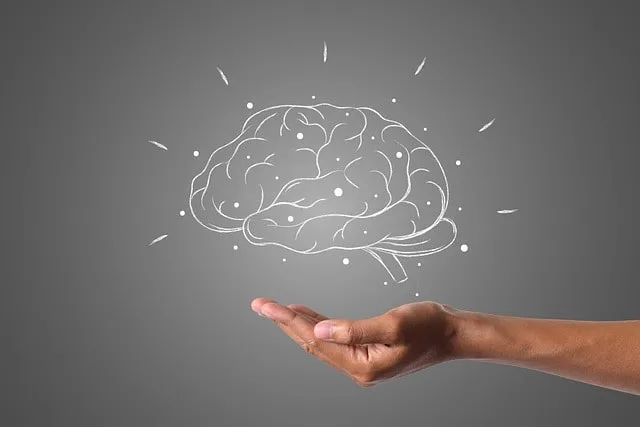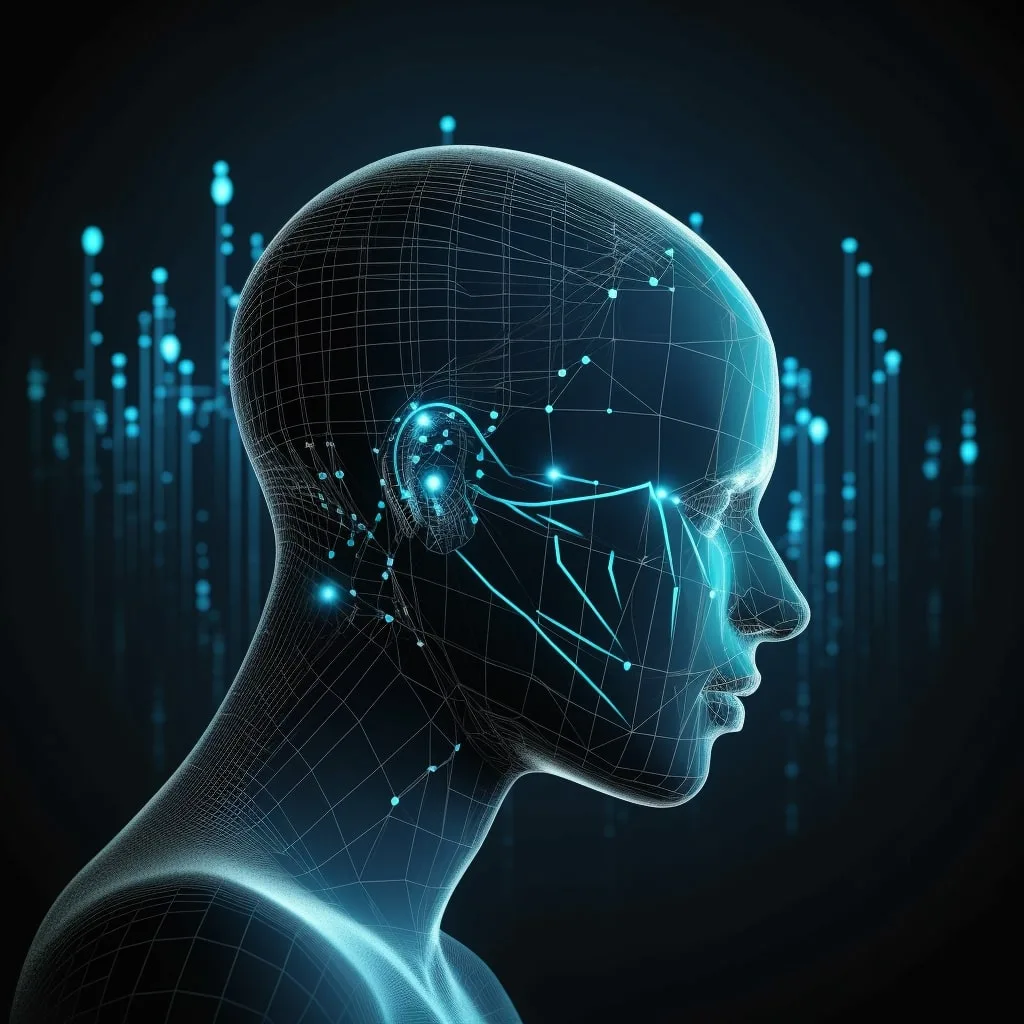
Attention Mechanisms in Machine Learning
Attention in machine learning has emerged in order to address limitations in handling of complex data structures and long-range dependecies.
Furthermore, they are inspired by the human cognitive process of selectively focusing on specific parts of the input data.
Additionally, we can find their applications in numerous machine learning domains, including:
- Natural language processing
- Computer vision
- Speech recognition
Further in this article, we’ll delve into details of attention mechanisms, their types, and applications in different machine learning tasks. We will also discuss future trends and developments in attention-based models.
The Concept of Attention in Machine Learning
The concept of attention originates from cognitive science, where it’s used to describe how humans selectively focus on specific parts of the sensory input while processing information.
In machine learning, they allow models to learn and selectively focus on relevant parts of the input data. Thus, improving their ability to handle complex data structures and long-range dependencies.
Types of Attention Mechanisms in Machine Learning
There are several types of attention mechanisms, including:
- Soft attention: A differentiable and smooth mechanism that computes attention weights using the input data.
- Hard attention: A non-differentiable mechanism that makes discrete decisions on which parts of the input data to focus on.
- Global attention: A mechanism that considers all input positions when computing attention weights.
- Local attention: A mechanism that only focuses on a subset of input positions when computing attention weights.
Attention Mechanisms in Natural Language Processing
The Transformer Architecture
The transformer architecture is a significant breakthrough in NLP, utilizing attention mechanisms for improved performance in various tasks.
Self-attention
Self-attention, a key component of the transformer architecture, allows the model to weigh the importance of different words in a sequence relative to each other.
Multi-head Attention
Multi-head attention is an extension of self-attention that allows the model to learn different attention patterns from multiple perspectives.
Attention in Recurrent Neural Networks (RNNs)
Attention mechanisms have also been applied to RNNs to overcome their limitations in handling long-range dependencies.
In seq2seq models, they help the decoder focus on relevant parts of the input sequence when generating the output.
Attention Mechanisms in Computer Vision with Machine Learning
They have been used in computer vision to improve models’ ability to focus on important parts of the image.
Attention in Convolutional Neural Networks (CNNs)
Saliency Maps
Saliency maps are an approach to visualize the regions of an image that a CNN model focuses on when making predictions.
Furthermore, we can generate them by analyzing the gradient of the output with respect to the input image, highlighting the areas that have the most significant influence on the model’s decision.
Spatial Transformers
Spatial transformers are a module in CNNs that allow the model to learn spatial transformations and focus on specific regions of the input image.
Moreover, we can use this mechanism to dynamically adjust the input image’s spatial configuration, such as translation, scaling, and rotation.
Attention in Generative Models
We can also see their application in generative models, such as Generative Adversarial Networks (GANs) and Variational Autoencoders (VAEs), to improve their ability to generate realistic images.
Generative Adversarial Networks (GANs)
In GANs, attention mechanisms help the generator and discriminator focus on specific regions of the input image and generated samples. Thus, resulting in improved image synthesis.
Variational Autoencoders (VAEs)
In VAEs, they enable the model to focus on important parts of the input image while encoding and decoding, leading to better image reconstruction and generation.
Attention Mechanisms in Speech Recognition using Machine Learning
We can also find them in speech recognition systems to improve their performance and adaptability.
End-to-End Speech Recognition Systems
Listen, Attend, and Spell (LAS)
LAS is an end-to-end speech recognition system that uses attention mechanisms to transcribe speech directly into text. Furthermore, it does so without the need for intermediate representations.
DeepSpeech 2
DeepSpeech 2, another end-to-end speech recognition system, leverages attention mechanisms to handle variable-length input and output sequences effectively.
Attention-augmented ASR Systems
We can see attention being integrated into traditional Automatic Speech Recognition (ASR) systems. Thus, resulting in improved performance and adaptability to various speech recognition tasks.
Conclusion
In summary, attention mechanisms have become an integral part of various machine learning tasks, enhancing models’ performance by enabling them to selectively focus on relevant parts of the input data.
As research continues, we can expect further advancements and integration with other machine learning techniques.
Additionally, broader adoption in various applications is anticipated.
I hope this article helped you gain a better understanding of attention mechanisms in machine learning and perhaps even inspire you to learn about machine learning even more.


